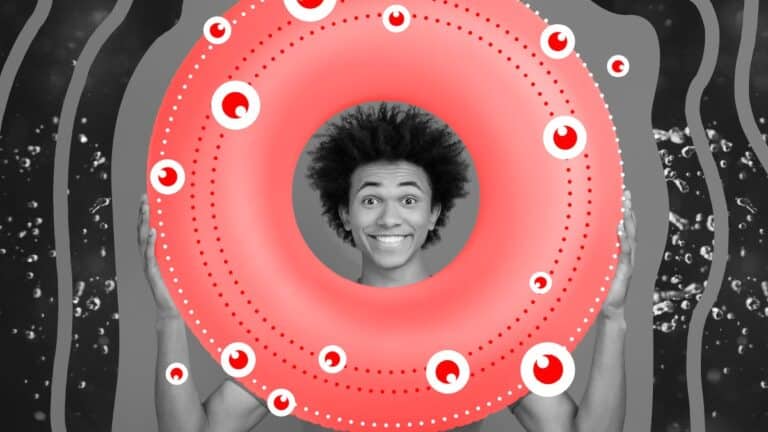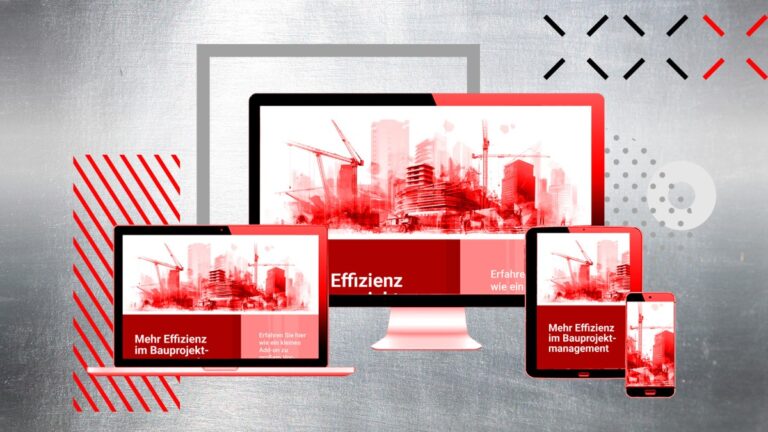A topic on which opinions are divided, even when it comes to customer communication - gendering. On the one hand, there are the advocates who think that gendering in B2B communication is a must nowadays. On the other hand, there are the critics who think it is far too small-minded. Read here why gender-appropriate language is important in B2B and how it can be achieved.
We humans are creatures of habit. "We've always done it that way", or "It's always been that way!" are phrases we often hear in our everyday lives. When it comes to gender-sensitive language, i.e. the inclusion of both female and male and diverse in communication, people also often say: "What's the point? It just makes it harder to read." Unfortunately, there is still no other linguistic topic that heats up people's minds as much as gendering.
Why should B2B companies gender?
The use of masculine forms in which women are "included" is widespread and historically familiar. This is the so-called "generic masculine", a generalised male designation of a person. Linguistic and psychological studies show that women are often included, but rarely considered.
Language therefore not only maps social structures, but also shapes our perceptions. Until the 1990s, job titles were predominantly masculine and reflected the fact that in the past it was reserved for men to exercise these professions. Today, language still helps to perpetuate these attributions. Just think of the housewife, the nurse or the fireman.
So what are the arguments for gender-appropriate language in B2B? Numerous studies show: If society adapts its language behaviour to a diverse everyday reality, stereotypical clichés disappear. It also promotes acceptance and diversity. In this way, B2B companies that communicate in a gender-appropriate way not only contribute to the Equal treatment and equality between men and women but sharpen their corporate and employer brand at the same time.
With contemporary communication, they also create Competitive advantages, both in sales and recruiting. Especially in times of a shortage of skilled workers, the right cultural fit between companies and applicants can be the icing on the cake of a successful application process.
Excursus: Gendering in B2B Corporate Publishing
Especially when you are working with a Corporate Publishing Product communicated to the outside world, the use of gender-appropriate language should be a fixed point in the considerations surrounding the publication. The most important tip in advance: Decide on a variant of gendering and stick to it. We have clearly presented the numerous possibilities that corporate publishing in B2B offers in our Guide illustrated.
How do you implement gender-equitable language in B2B companies?
A company with a majority of younger employees should find gender-equitable language relatively easy and also meet with great acceptance both internally and externally. But what do you do if your own company is a traditional house with a less homogeneous age structure in its staff and clientele?
The example of the Otto Group shows the way: Among the 6,000 employees throughout Germany, not all are gender fans. Instead of using sanctions, they worked with education, training and persuasion.
In an interview with COMthe magazine for communication, Linda Gondorf, Head of Content at Otto GmbH & Co. KG, explains that voluntary gender sessions are held every fortnight and are regularly fully booked. The background is explained to the participants, exercises are done and recommendations are given.
If someone still cannot be convinced and refuses to use gender-equitable language, this is tolerated. "We want to raise awareness and provide support, but we don't want to make it compulsory," says Gondorf. She advises companies that have written more gender-sensitive language on their agenda to first meet with their employees and work out a detailed FAQ. Above all, they should be prepared for criticism and deal with it calmly, objectively and constructively.
4 tips for gender-sensitive language in B2B
There are many ways to gender - and each has its advantages and disadvantages. Companies should therefore definitely decide on one way and implement it uniformly.
Individualise
In the form of address in e-mails, the most common form is the direct address to individualise words. The gender and gender identity of the person in question is usually automatically taken into account, as this example shows:
- Dear Ms. Musterfrau
- Hello Maximilian Mustermann
Tip: On the one hand, the direct address in the salutation saves you the search for gender-neutral alternative options, on the other hand it is also a great help in texts in which the reader:inside can be addressed, for example:
- "You can register here". (instead of "Participants can register here")
- "You're probably wondering now: What is CEO?" (instead of "Readers are now probably asking: What is CEO?")
Important: Even in continuous texts, make sure to adapt job titles to the respective gender:
- "Dr. Musterfrau is the human resources manager in our company."
Neutralise
Means to use the gender-neutral form:
- Staff (instead of employees)
- Specialist (instead of expert)
Tip: Plural forms can help avoid gender-specific terms:
- Chairperson (instead of Chairman)
- Interested (instead of interested)
Gender-neutral terms can also be formed with the help of verbs, for example:
- Students (instead of students)
- Lecturers (instead of speakers)
The written form
Of course, it is difficult to formulate all terms in a gender-neutral way. Therefore, they often have to be written out in the masculine and feminine gender instead, such as "colleagues". In practice, however, this approach usually involves long sentences and is often criticised for making the text unreadable. This type of gendering should therefore only be used in exceptional cases.
Short forms
Since text types such as advertorials usually have space for a limited number of words, short forms often lend themselves to gender-sensitive language.
Tip: With short forms, grammatical errors occur in some formulations. Since the feminine ending is attached directly to the root of the word, the masculine gender is lost in some terms, such as "colleague" or "customer".
There are Different options for gender-appropriate short formsamong other things, the colon, for example:
- Employees:in
- Chief:in
the Gender gap (Note: the gap is lost in underlined texts), for example:
- Employee
- Boss_in_chief
the Internal I (Note: this may give the impression that the feminine form is more important than the masculine form), for example:
- Employee
- Chief
The Slashfor example:
- Employee
- Chief
and the Gender starfor example:
- Employee
- Boss
The gender star (closely followed by the colon) has become the most common. Another advantage: It symbolises diversity and openness, as it also appeals to people who identify outside the binary gender system.
Tip: The readability of many sentences can be improved by using the plural: "The speakers present the topics they have developed. (instead of: "The speaker presents the topics he/she has developed").
Whether readers ultimately find a text easy or difficult to understand does not depend on whether it is formulated in a gender-appropriate way. Rather, it depends on other factors, such as how long words and sentences are on average or how high the proportion of rare terms is. Our agency can help you create and optimise texts that are easy to understand. Read more about this HERE.
This means: A text that is easy to understand will remain so if you replace the generic masculine with gender-appropriate terms. Try it out! You can also find helpful support in the "Guide to gender-sensitive and inclusive language". (TU Berlin).







